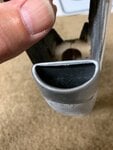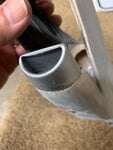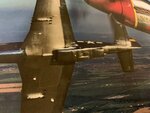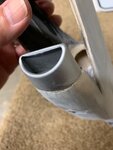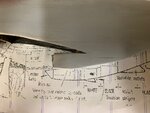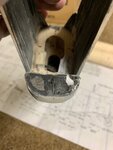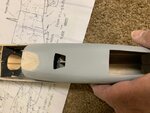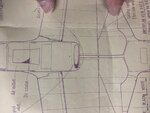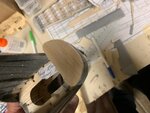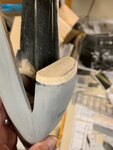Barrett
Staff Sergeant
Ref. Big John Landers: got to know him when I was aces secretary. He screened some of his color combat film, and the strafing was REAL impressive. Well recall one scene chasing a vehicle down a narrow road. John's rounds made the 90 degree left turn and overtook the car/truck. When I asked how he did that he said, "Rudder, son. Lots of rudder." But he had to be precisely cross-controlling to keep the ball centered. Those who flew with him said he taxied at half throttle and flew at full throttle...

